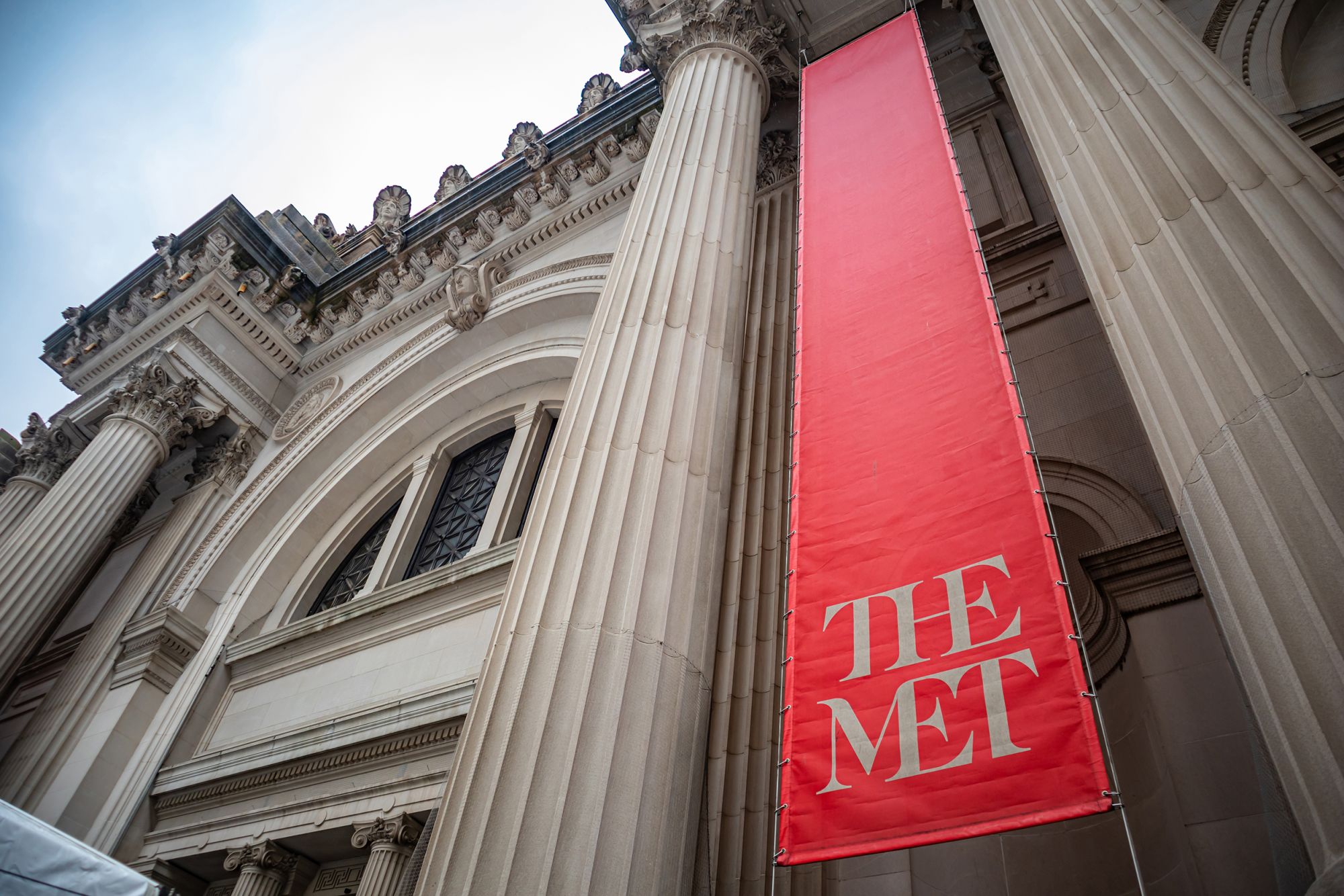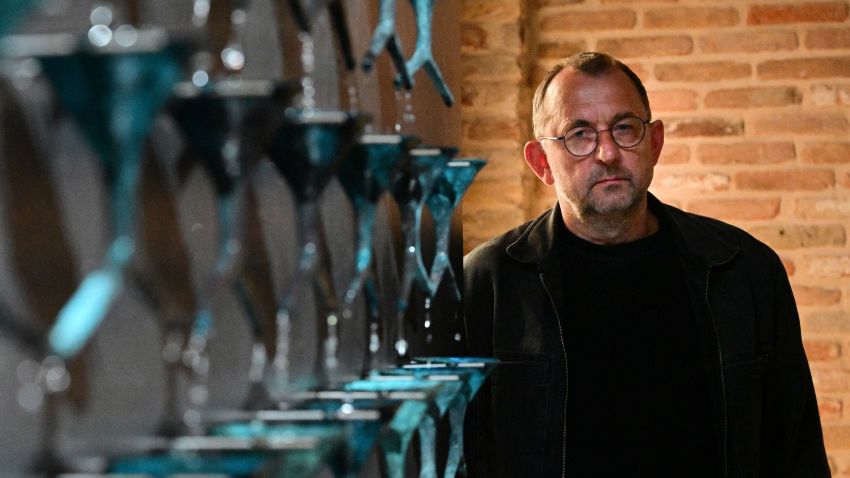The Metropolitan Museum of Art in New York has quietly reclassified some of its paintings. Two artists, once labeled Russian, are now categorized as Ukrainian and a painting by the French Impressionist Edgar Degas has been renamed from “Russian Dancer” to “Dancer in Ukrainian Dress.”
For one woman in Kyiv, Ukraine, these changes are a vindication of sorts. Oksana Semenik, a journalist and historian, has been running a months-long campaign to persuade institutions in the United States to relabel the historical works of art she believes are wrongly presented as Russian.
At the Met, they include work by Ilya Repin and Arkhip Kuindzhi, artists whose mother-tongue was Ukrainian and who depicted many Ukrainian scenes, even if the region was in their day part of the Russian empire.
Repin, a renowned 19th century painter who was born in what is now Ukraine, has been relabeled on the Met’s catalog as “Ukrainian, born Russian Empire” with the start of each description of his works now reading, ” Repin was born in the rural Ukrainian town of Chuhuiv (Chuguev) when it was part of the Russian Empire.”
On Semenik’s Twitter account, Ukrainian Art History, which has over 17,000 followers, she wrote that “All [Repin’s] famous landscapes were about Ukraine, Dnipro, and steppes. But also about Ukrainian people.”
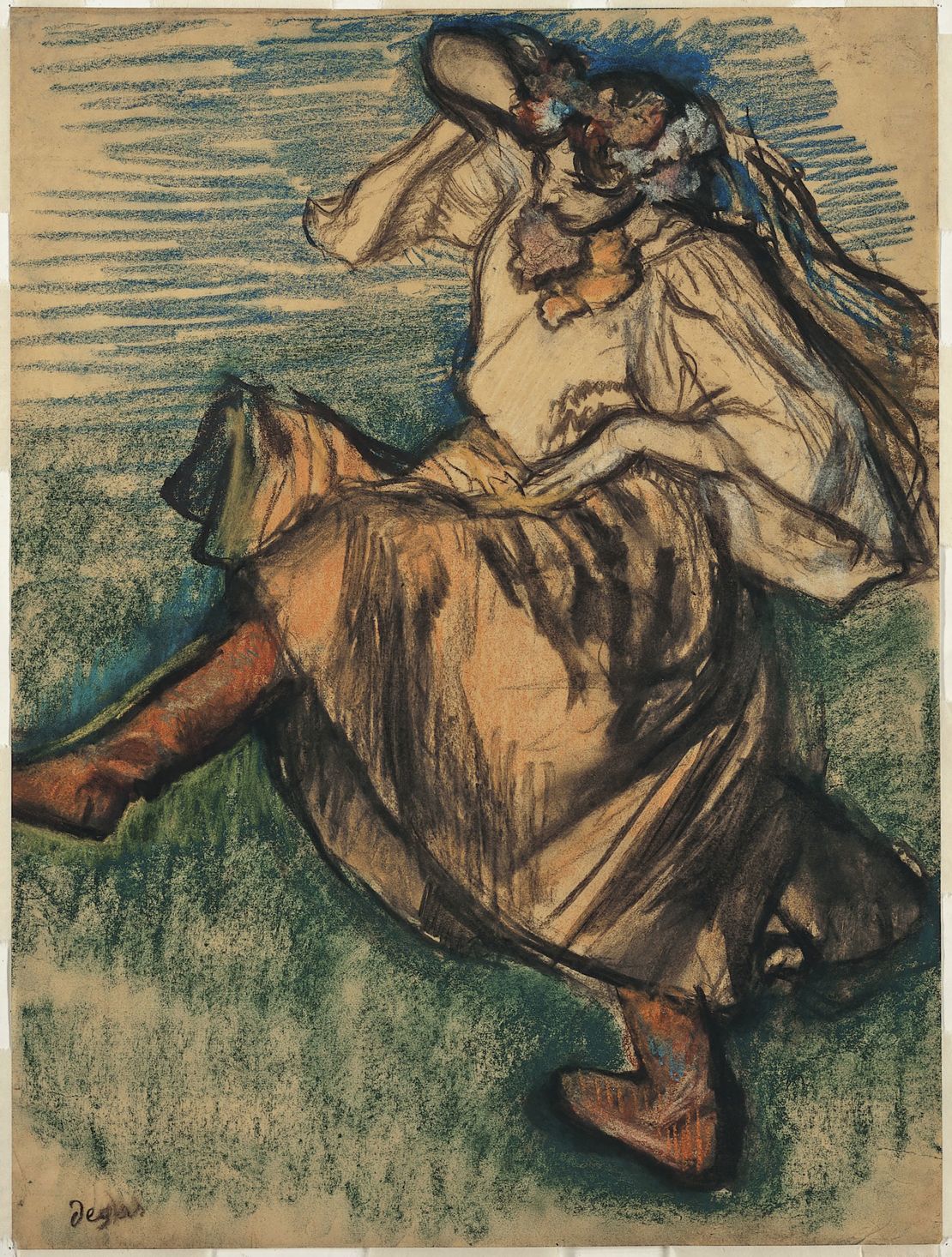
One of Repin’s lesser-known contemporaries, Kuindzhi was born in Mariupol in 1842 when the Ukrainian city was also part of the Russian Empire, his nationality has also been updated. The text for Kuindzhi’s “Red Sunset” at the Met has been updated to include that “in March 2022, the Kuindzhi Art Museum in Mariupol, Ukraine, was destroyed in a Russian airstrike.”
In reference to the recent relabeling process, the Met told CNN in a statement that the institution, “continually researches and examines objects in its collection in order to determine the most appropriate and accurate way to catalogue and present them. The cataloguing of these works has been updated following research conducted in collaboration with scholars in the field.”
Back in January, when asked about the Degas work, now called “Dancer in Ukrainian Dress,” a spokesperson told Semenik that they were “in the process of researching the so-called Degas Russian Dancers, in collaboration with scholars in the field, and determining the most appropriate and accurate way to present the work.
“We appreciate insights from visitors. Your valuable feedback contributes to this process.”
A personal mission
Semenik told CNN that she channeled her anger about the Russian invasion into her efforts to identify and promote Ukraine’s art heritage, using her Twitter account to showcase Ukrainian art to the world.
Semenik is herself lucky to be alive. She was trapped in the Kyiv suburb of Bucha for weeks as Russian forces laid waste to the area last March, hiding out in the basement of a kindergarten before eventually walking some 12 miles to safety with her husband and their cat in tow.
She began her campaign after a visit to Rutgers University in New Jersey last year. While helping curators there, she was surprised to see artists she always considered as Ukrainian labeled as Russian.
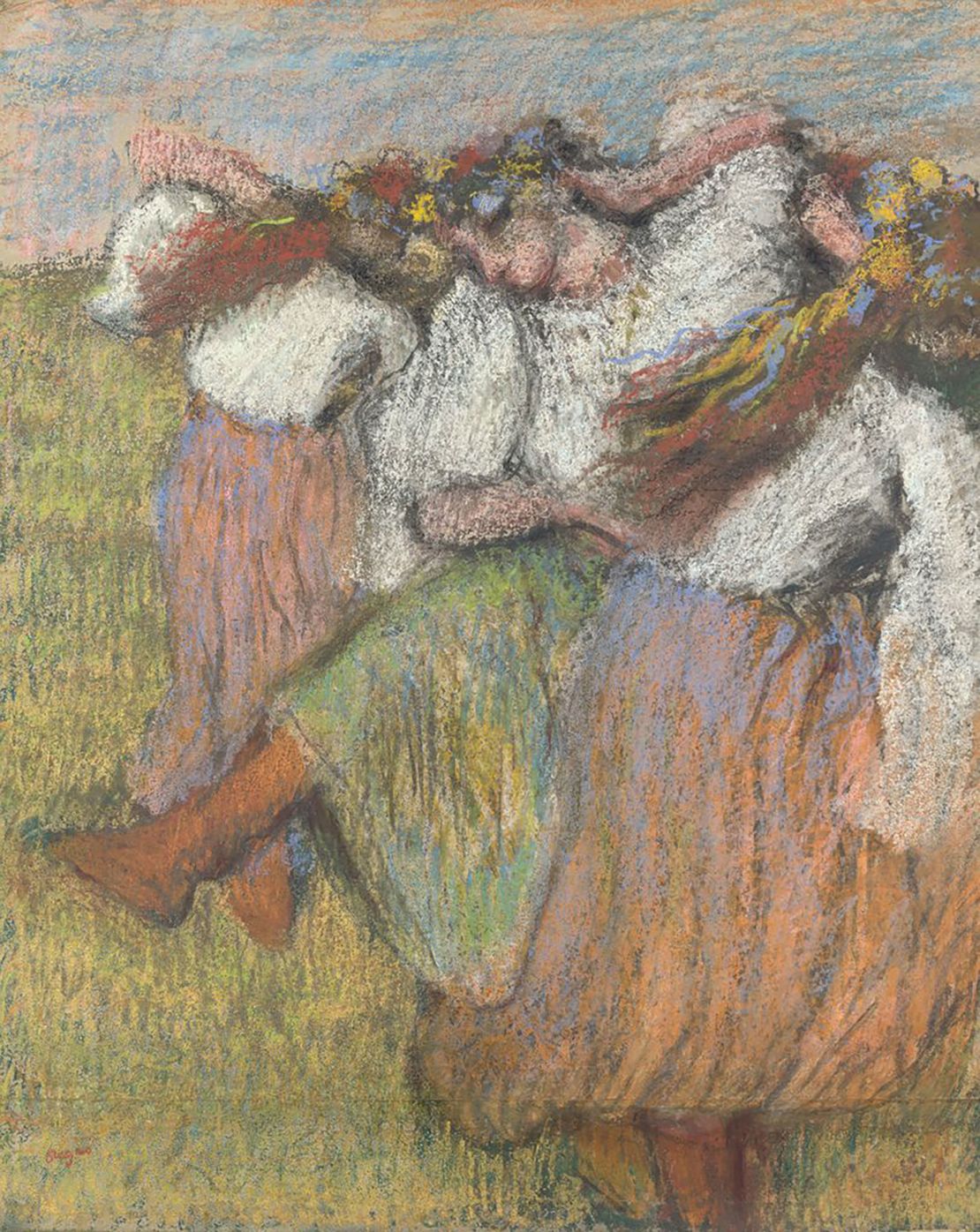
“I realized that a lot of Ukrainian artists were in the Russian collection. Of 900 so-called Russian artists, 70 were Ukrainians and 18 were from other countries,” she said.
Semenik studied collections in the US — at the Met and the Museum of Modern Art in New York and in Philadelphia — and found a similar pattern: Ukrainian artists and scenes labeled as Russian.
And she began to write to museums and galleries. To begin with the replies were pro forma, non-committal. “Then I got really mad,” she said. There followed a months-long dialogue with curators.
‘Why on earth is she Russian?’
Semenik is not a singular voice, with other Ukrainians making their own public calls for change. Last year, Olesya Khromeychuk, whose brother was killed fighting on the frontline in eastern Ukraine in 2017, wrote in German newspaper Der Spiegel that “every trip to a gallery or museum in London with exhibits on art or cinema from the Soviet Union reveals deliberate or just lazy misinterpretation of the region as one endless Russia; much like the current president of the Russian Federation would like to see it.”
As pressure mounted from several Ukrainian academics, The National Gallery in London changed the title of one of its own Edgar Degas works, “Russian Dancers,” which depicts two women in yellow and blue ribbons, Ukraine’s national colors, to “Ukrainian Dancers.” The institution told the Guardian in April last year that it was “an appropriate moment to update the painting’s title to better reflect the subject of the painting.”
Semenik says she is still putting pressure on the Museum of Modern Art in New York, where a spokesperson told CNN that they welcome information about all of the works in the collection. “Nationality descriptions can be very complex, especially when making posthumous attributions, the spokesperson said. “We apply rigorous research best practices and approach the descriptions with sensitivity to the recorded nationality of the artist at death and birth, emigration and immigration dynamics, and changing geo-political boundaries.”
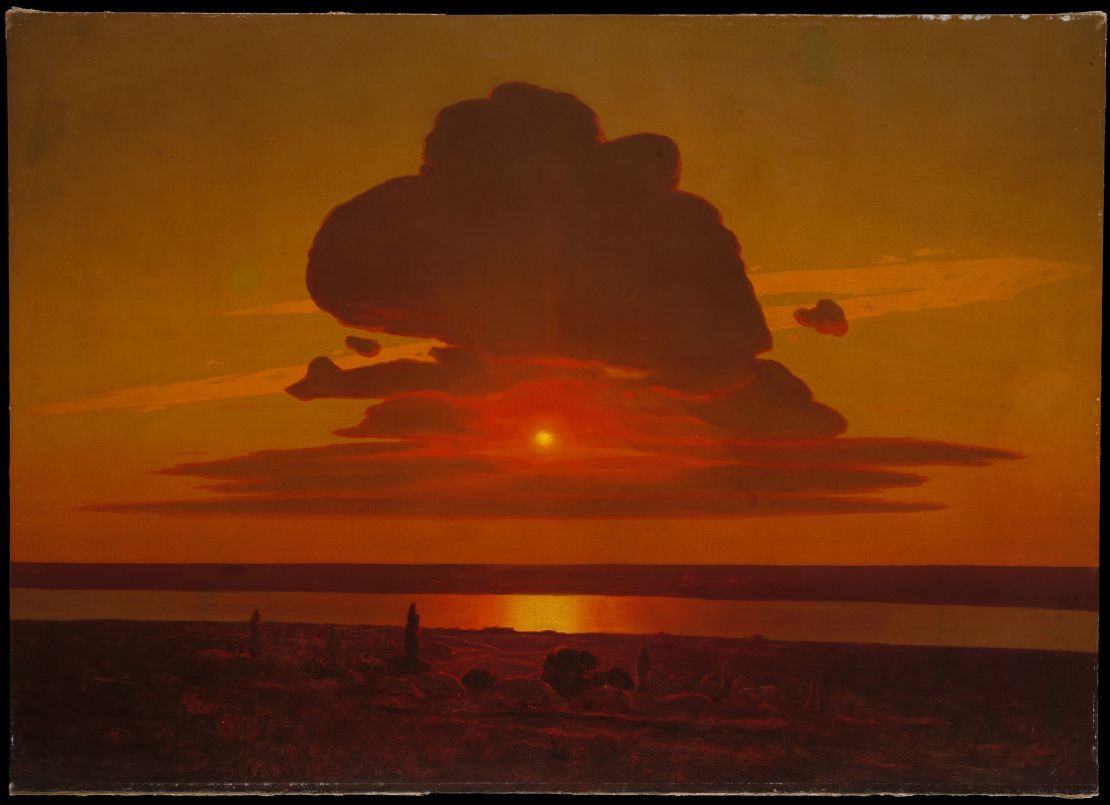
Semenik would like to see an update made to the information about Alexandra Exter, who is listed as Russian on the MoMA website.
“She lived in Moscow from 1920 until 1924. She lived In Ukraine from 1885-1920, which is 35 years and in France for 25 years.
“Why on the earth is she Russian?” she said.
According to Semenik, her campaign has drawn plenty of online abuse from Russians, but she takes that as a back-handed compliment. In her eyes, her work is her own act of resistance to the Russian invasion.
There is a long way to go, said Semenik. There are dozens of books about Russian art and many Russian Studies courses in US universities, but very little study of the artistic heritage of Ukraine.
Semenik believes her grueling experience at the beginning of the invasion fuels her determination.
Now resettled in Kyiv, Semenik is exploring how the Chernobyl nuclear disaster impacted Ukrainian art. But she also continues to badger western art collections to recognize Ukraine’s distinct artistic heritage, with the quiet persistence that has already helped change minds at the mighty Met.
